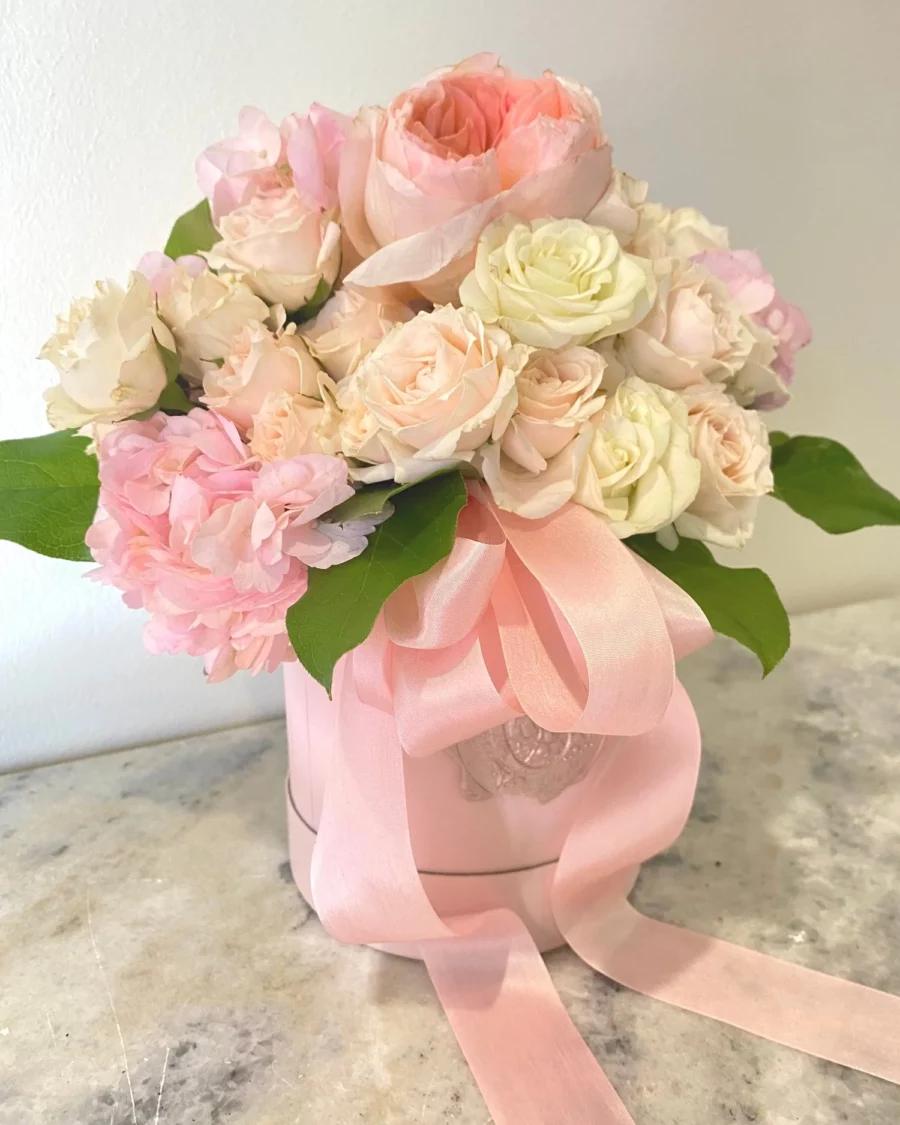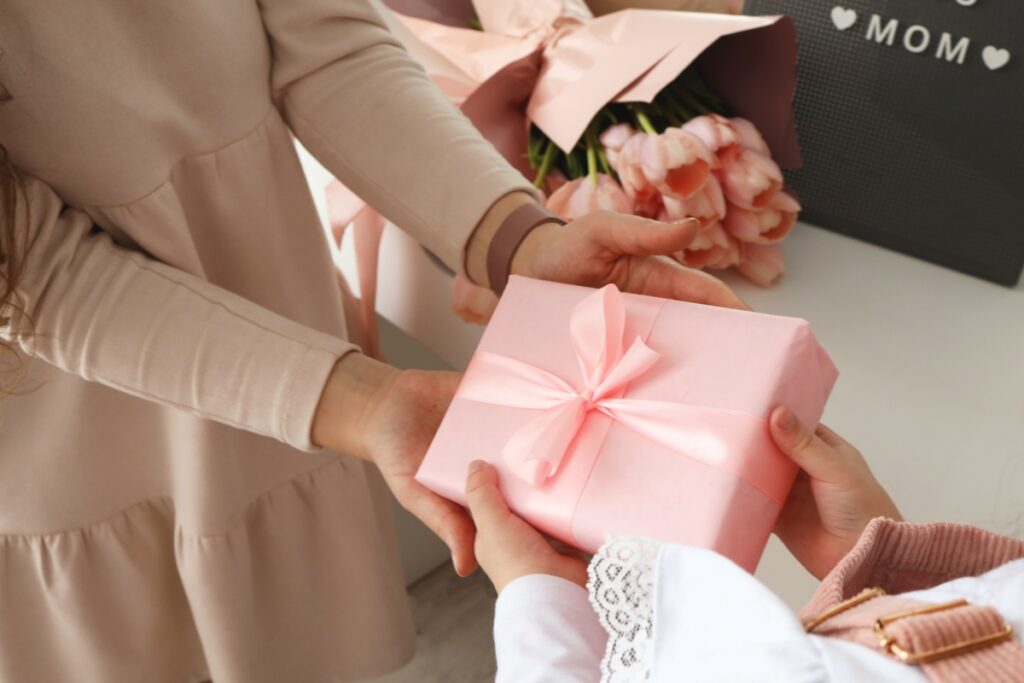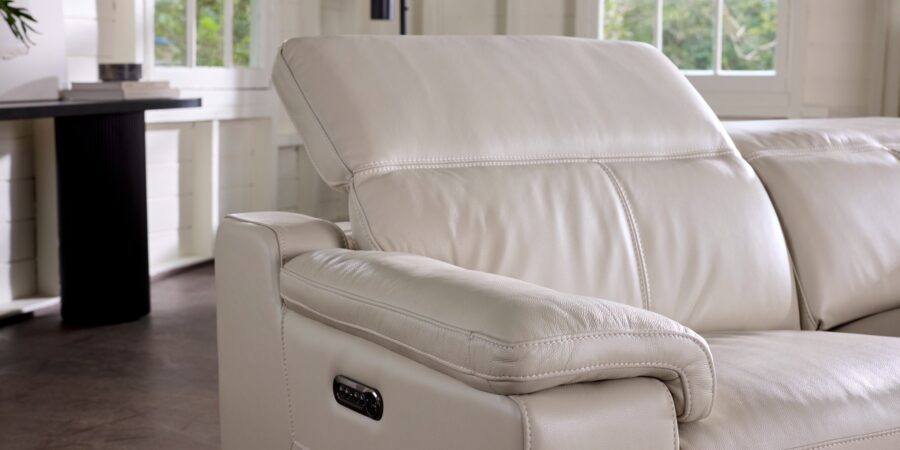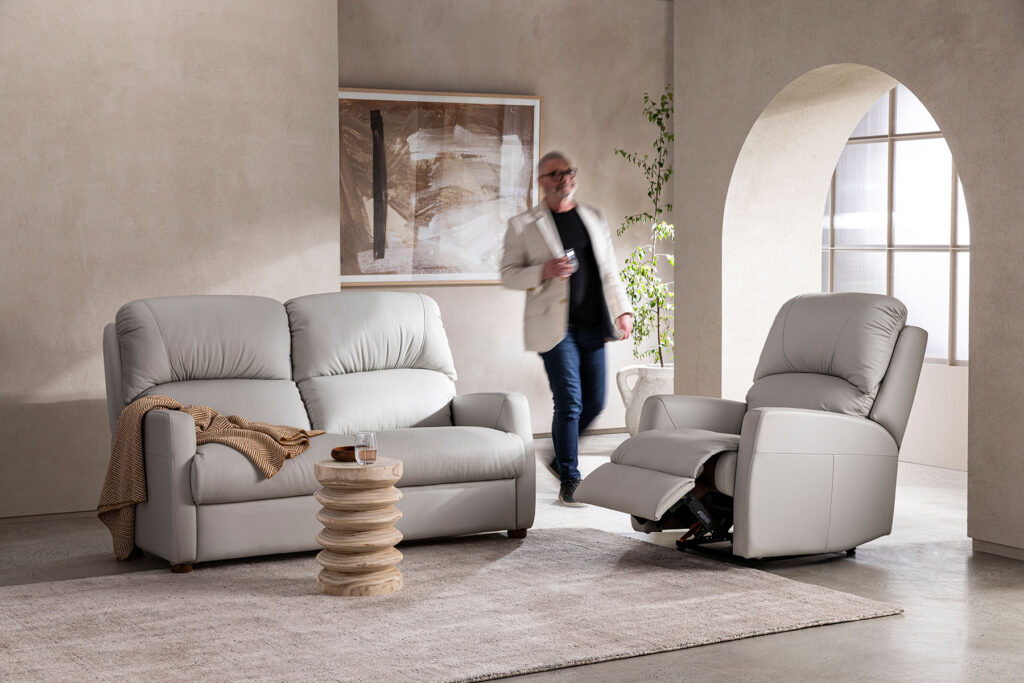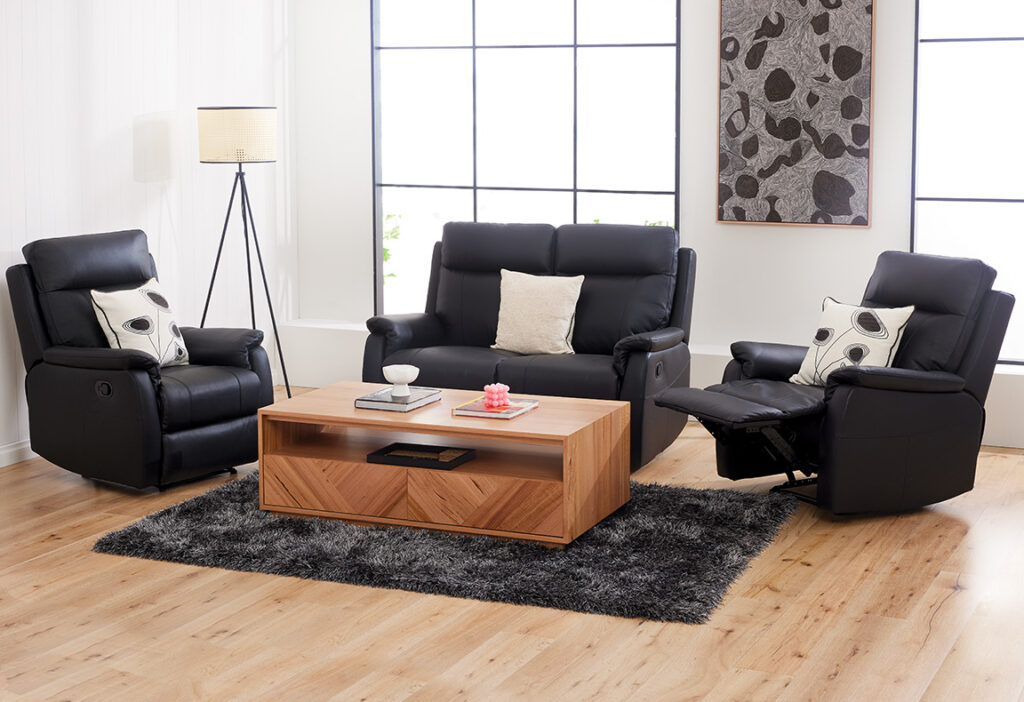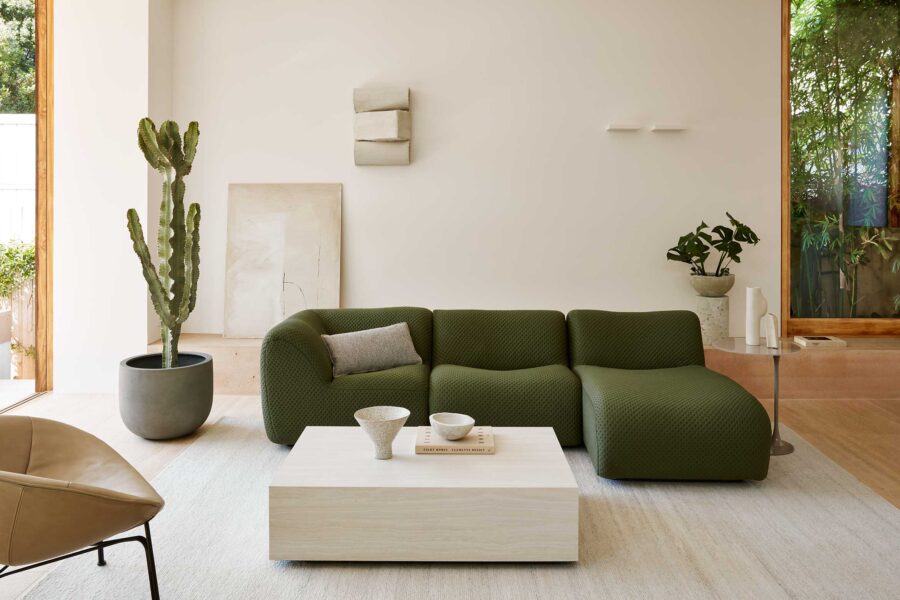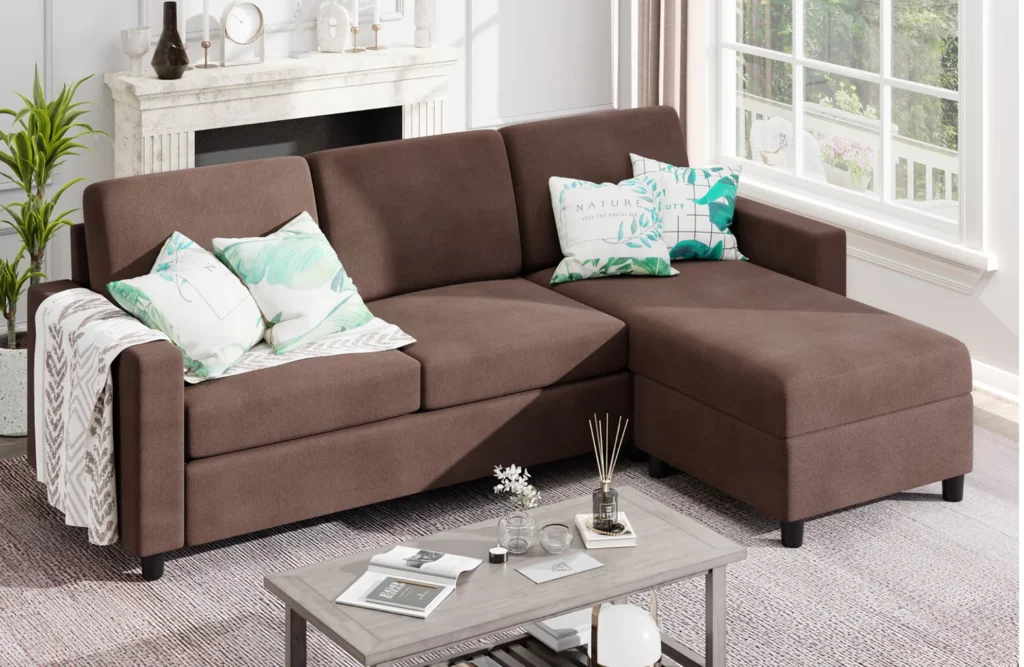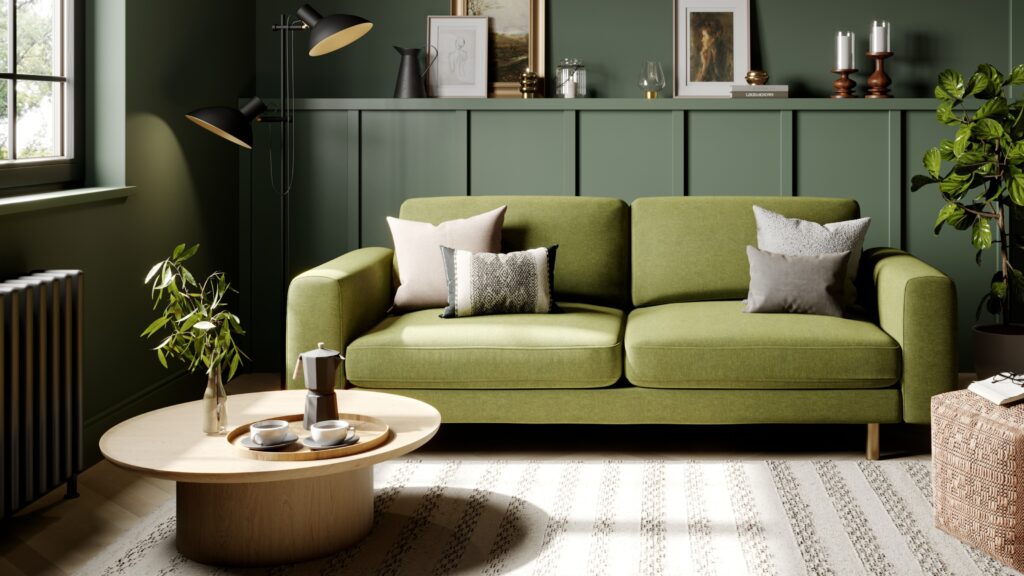When searching for the perfect florist in Mosman, it’s vital to understand the nuances of what makes an exceptional floral service. Whether you’re preparing for a special occasion, a wedding, or simply want to brighten up your home, finding a florist who can cater to your needs is crucial.
Understanding what makes a great florist
A great florist mosman possesses a unique blend of skills and qualities that set them apart from the rest. From the selection of blooms to the final arrangement, every detail matters.
The importance of quality flowers
The foundation of any stunning bouquet begins with the flowers themselves. A great florist prioritises sourcing the freshest, highest-quality blooms available. This often involves working directly with growers or reputable suppliers to ensure that the flowers are not just beautiful but also long-lasting.
Quality flowers not only enhance the visual appeal of arrangements but also convey the right message on special occasions. Be it the vibrant hues of a birthday bouquet or the soft pastels for a wedding, the selection of flowers plays an integral role in setting the mood. Additionally, a knowledgeable florist understands the seasonal availability of various blooms, which allows them to offer recommendations that are not only beautiful but also sustainable and environmentally friendly. This commitment to quality and sustainability can greatly enhance the overall experience for the customer, as they can feel good about their choices.
The artistry of bouquet arrangement
Creating a stunning bouquet is no simple task; it requires an artistic eye and a deep understanding of floral design principles. A great florist will have the ability to balance colours, shapes, and textures to create a cohesive arrangement that resonates with your style.
Beyond just aesthetics, the arrangement should also take into account factors such as the occasion, the recipient’s preferences, and the setting. Whether it’s a modern, minimalist aesthetic or a lush, opulent design, the best florists can tailor their creations to suit your needs. They often draw inspiration from various sources, including nature, art, and current design trends, allowing them to craft unique arrangements that tell a story. This creative process is what transforms a simple bouquet into a memorable gift that leaves a lasting impression.
Customer service in the floral industry
Exceptional customer service is fundamental in the floral business. A great florist not only listens to your requirements but also provides guidance and suggestions based on their experience. They should make you feel valued and understood, ensuring that your vision comes to life.
Furthermore, responsiveness and professionalism go a long way in establishing trust. Being able to ask questions and receive prompt, friendly responses is essential for a positive customer experience. Top florists always strive to exceed expectations in every interaction. They often take the time to follow up after an order has been delivered, ensuring that everything met your satisfaction and that the flowers were as fresh and beautiful as promised. This level of dedication not only fosters customer loyalty but also builds a community of satisfied clients who are likely to return for future floral needs, knowing they will receive the same exceptional service each time.
Key features of Mosman’s top florists
When considering which florist to choose in Mosman, several key features can indicate the quality and reliability of their services. Recognising these can simplify your selection process.
Range of flower types and arrangements
One of the defining traits of the best florists is their extensive range of flower types and arrangements. From native Australian flora to exotic imports, top florists offer a diverse selection to suit various tastes and occasions.
Additionally, they should provide a variety of arrangements, such as hand-tied bouquets, centrepieces, and floral installations. This versatility ensures that whether you’re celebrating a milestone or simply wishing to brighten someone’s day, there’s something available for every situation. Furthermore, many florists also incorporate seasonal flowers into their arrangements, allowing customers to enjoy the freshest blooms while supporting local growers. This not only enhances the aesthetic appeal but also reflects a commitment to sustainability, which is increasingly important to many consumers.
Delivery and pick-up options
In today’s fast-paced world, convenience is key. The best florists in Mosman recognise this by offering flexible delivery and pick-up options for their customers. Many well-reviewed florists provide same-day delivery services, which can be particularly helpful for last-minute gifts or surprises.
Moreover, the option for in-store pick-up allows customers to select their arrangements personally, adding a special touch to the experience. Clear communication regarding delivery fees and timelines is another hallmark of a top florist, ensuring you know what to expect before placing your order. Some florists even offer contactless delivery options, which have become increasingly popular, ensuring that your flowers arrive safely and hygienically. This level of service not only enhances customer satisfaction but also builds trust and loyalty among patrons.
Special event services
Special events such as weddings, parties, and corporate functions often demand bespoke floral services. The best florists in Mosman offer specialised services for such occasions, working closely with clients to create unique floral designs that reflect the theme and style of the event.
From initial consultations to on-site arrangement delivery and setup, a proficient florist will guide you through each step. Their expertise ensures that flowers complement the overall atmosphere, leaving a lasting impression on guests. Additionally, many florists provide rental options for decorative items such as vases and centrepiece stands, making it easier for clients to achieve their desired look without the added expense of purchasing items they may only use once. This comprehensive approach not only showcases the florist’s creativity but also their commitment to making your special day as seamless and beautiful as possible. Click here to learn about why fresh blooms make the best Mother’s day gifts.
How to choose the right florist in Mosman
Choosing the right florist can feel overwhelming, especially with so many options available. However, by following a few simple steps, you can make the process more manageable and enjoyable.
Consider your floral needs
Begin by clearly identifying your floral needs. Are you looking for something specific for a wedding, a corporate event, or a simple bouquet for a birthday? Understanding what you want will help narrow down your choices and lead you to florists who specialise in those services.
Inevitably, you will also want to consider your budget. Having a price range in mind can greatly streamline your search for a florist who meets your needs without exceeding your financial constraints. Additionally, it’s worth noting that many florists offer a range of options, from budget-friendly arrangements to luxurious displays, so being upfront about your budget can help them cater to your requirements effectively.
Research and compare florists
Once you’ve established your requirements, it’s time to conduct thorough research. Look for florists in Mosman with a solid reputation and check online reviews. Websites, social media pages, and local directories can provide insightful information about the florists’ services and customer satisfaction.
Don’t hesitate to explore different florists’ portfolios. Observing their past work can give you a sense of their style and range, helping you to identify which florist aligns best with your vision. Moreover, consider visiting their physical stores if possible; this allows you to see the quality of their flowers in person and experience the atmosphere of the shop, which can be quite telling of their overall service and dedication to their craft.
Read customer reviews and ratings
Customer reviews and ratings offer valuable insights into a florist’s reliability and quality of service. Look for detailed feedback regarding factors such as flower freshness, delivery timeliness, and overall customer experience.
Online platforms like Google, Yelp, and local community forums can provide extensive commentary and help you gauge the florist’s standing in the community. A florist with consistent positive feedback is often a reliable choice. Additionally, don’t overlook the importance of word-of-mouth recommendations; speaking to friends, family, or colleagues who have previously used a florist can lead you to hidden gems that may not have a strong online presence but offer exceptional service and quality. Engaging with the local community can also reveal seasonal trends and popular arrangements that might inspire your choice.
The role of local florists in the Mosman community
Beyond providing beautiful bouquets, local florists play an integral role in the Mosman community. Their presence enhances both the social and economic fabric of the area.
Supporting local businesses
Choosing a local florist over a larger chain not only benefits your immediate floral needs but also supports the local economy. Money spent at local businesses tends to stay within the community, fostering growth and stability.
Local florists often take great pride in their work, which can translate into higher quality products and services. By supporting these businesses, you assist in preserving the unique character of Mosman.
The florist’s contribution to local events and celebrations
Florists are also crucial participants in local events and celebrations, often collaborating with schools, charities, and community centres. They provide arrangements for public events, enhancing the overall atmosphere and contributing to community spirit.
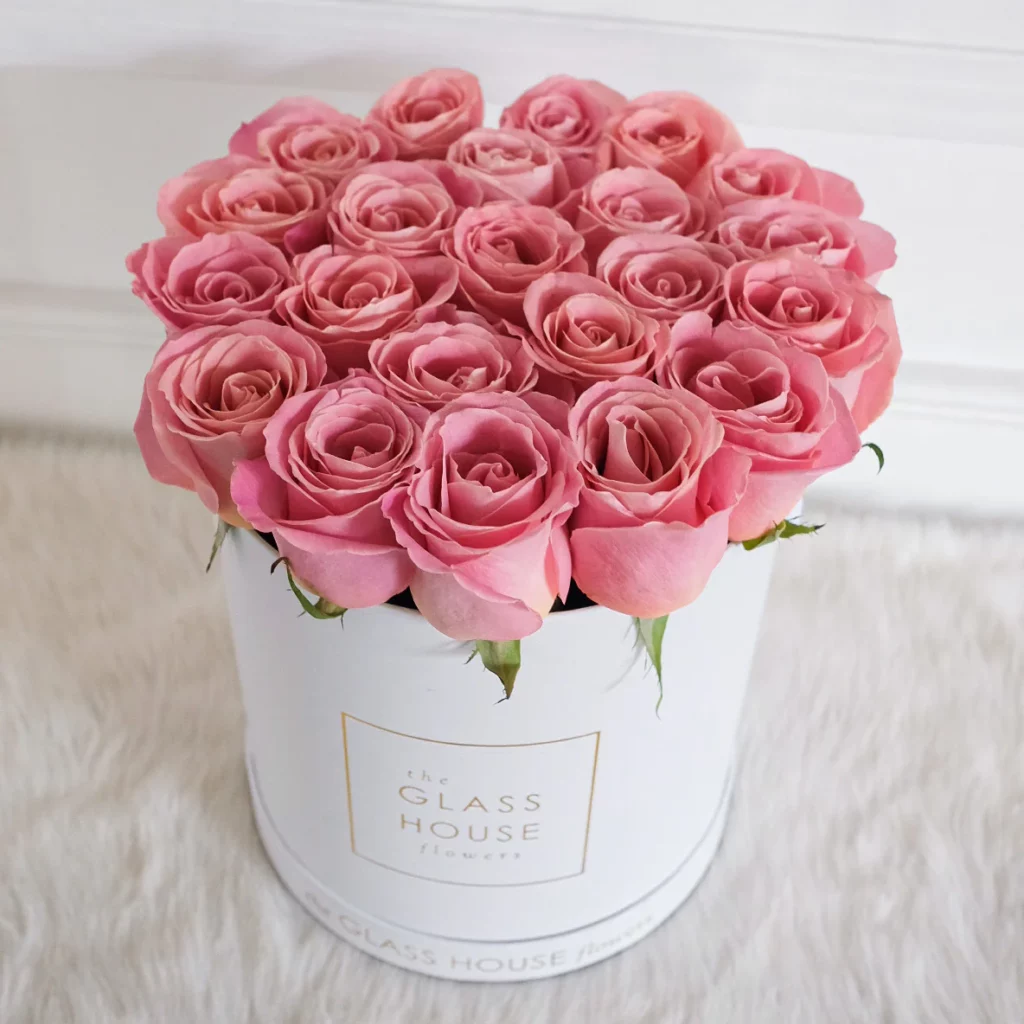
By engaging with local florists, you not only gain access to beautiful floral designs but also foster connections within the community, creating a more vibrant and cohesive environment for everyone.
Moreover, many local florists are deeply embedded in the traditions and history of Mosman, often drawing inspiration from the natural beauty of the area. They may incorporate native Australian flowers and plants into their arrangements, celebrating the local flora and fauna while also educating customers about the significance of these species. This not only enriches the aesthetic appeal of their creations but also promotes an appreciation for the unique ecological heritage of the region.
Additionally, local florists frequently host workshops and events that encourage community participation. These gatherings provide an opportunity for residents to learn about floral design, sustainability practices, and the importance of supporting local artisans. Such initiatives not only enhance individual skills but also strengthen community bonds, as neighbours come together to share experiences and creativity in a welcoming environment.

